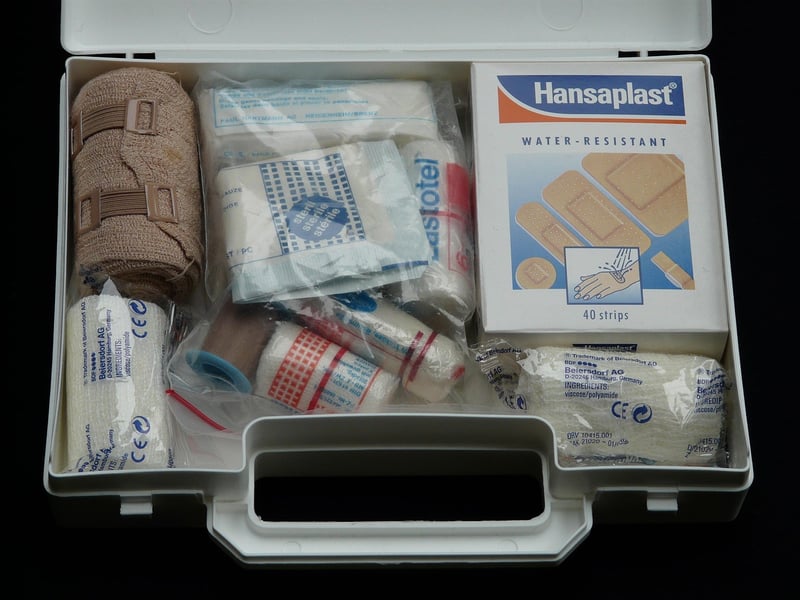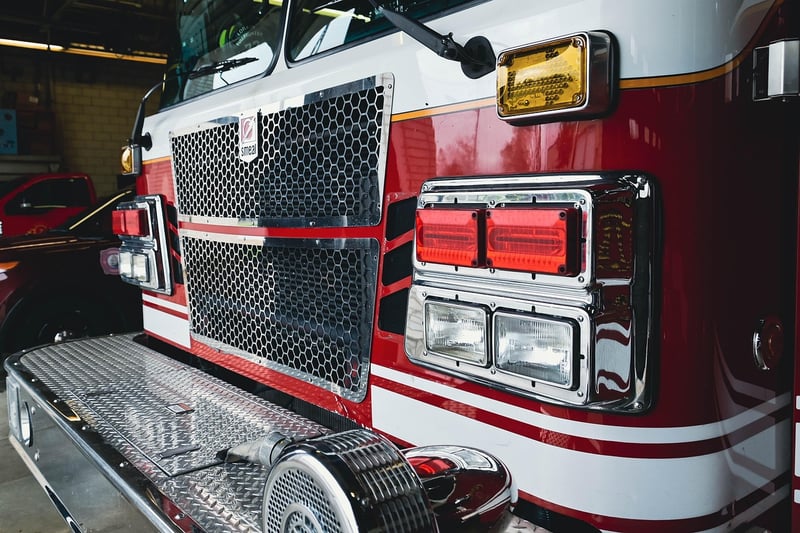Emergency Protocols
Prioritizing Well-being in Emergency Protocols
In times of crisis or emergencies, it is crucial to prioritize both physical and mental well-being. Establishing protocols that focus on well-being can help individuals cope better with the situation and ensure their safety. Here are some key points to consider when incorporating well-being into emergency protocols:
1. Mental Health Support
During emergencies, stress levels can be high, leading to anxiety and other mental health issues. It is essential to provide access to mental health support services for individuals affected by the emergency. This can include hotlines, counseling services, and resources for coping strategies.
2. Communication Channels
Clear and timely communication is vital during emergencies. Establishing reliable communication channels to provide updates, instructions, and reassurance can help reduce uncertainty and fear among individuals. Utilize various platforms such as text alerts, social media, and emergency broadcasts to reach a wide audience.
3. Safety Procedures
Ensure that safety procedures are well-defined and easily accessible to all individuals. This includes evacuation plans, emergency contacts, and guidelines for seeking help. Regular drills and training sessions can help familiarize people with the protocols and ensure a swift response during emergencies.
4. Basic Needs Assistance
Addressing basic needs such as food, shelter, and medical assistance is crucial for maintaining well-being during emergencies. Collaborate with local organizations and authorities to provide necessary supplies and support to those in need. Consider setting up relief centers or distribution points for easy access.
5. Community Engagement
Promote community engagement and mutual support during emergencies. Encourage neighbors to check on each other, offer assistance, and stay connected. Building a sense of unity and solidarity can enhance well-being and resilience in challenging times.

By incorporating well-being into emergency protocols, organizations and communities can better respond to crises while prioritizing the health and safety of individuals. Remember, taking care of well-being is not just a luxury but a necessity in times of emergency.
Stay safe, stay prepared!
